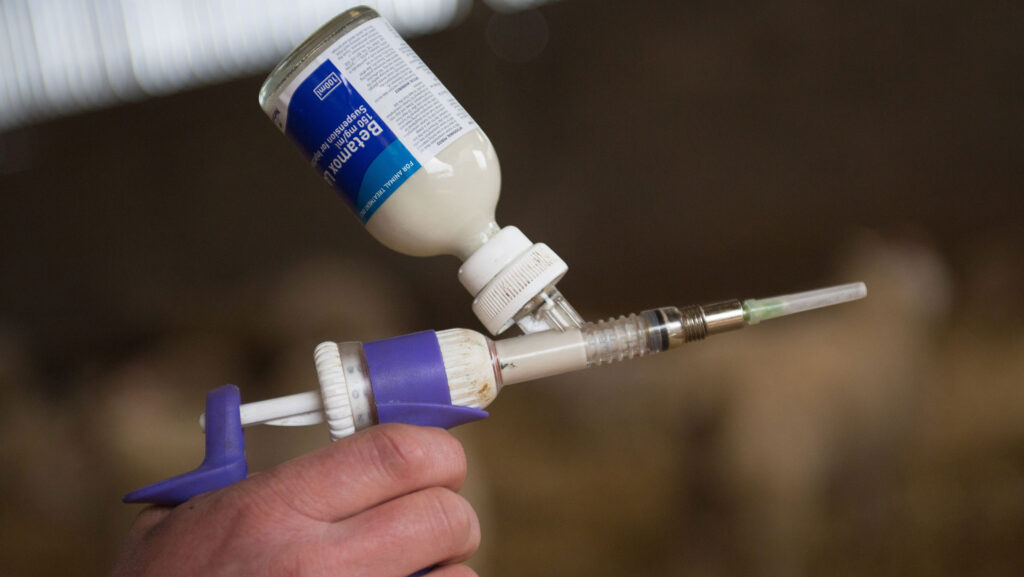Antibiotics resistance reaches 10-year low in food production
 © Tim Scrivener
© Tim Scrivener Resistance by livestock pathogens to multiple antibiotics is at its lowest point for 10 years, as a new report shows that most sectors had either hit their target to reduce usage, or exceeded it.
In what is seen as progress in the ongoing commitment by farmers and vets to responsible antibiotics use, the latest UK-Veterinary Antimicrobial Resistance and Sales Surveillance report shows that antibiotic sales in food-producing animals remained at 25.7mg/kg in 2023, maintaining the 59% reduction since 2014.
See also: ‘Fantastic’ fall seen in antimicrobials use on dairy farms
Sales of antibiotics that are the most critically important in human health – so-called “last-resort” medicines – now account for less than 0.5% of total sales.
In a second report published by the Responsible Use of Medicines In Agriculture Alliance (Ruma) on Tuesday (19 November), notable progress in reducing antibiotics use was seen in several sectors in 2023.
Use in livestock
Sales of injectable last-resort antibiotics in dairy and beef cattle had fallen by 9%, which means that since 2014 there has been an 83% reduction.
Antibiotics tube sales in dairy cows were down 30% in a year.
In sheep, vaccine supply had again been challenging, which meant that uptake of vaccines was slower than hoped.
For example, the Enzootic Abortion of Ewes abortion vaccine increased 2.3% in a year, while the foot-rot vaccine was up by just 1.5%. Toxoplasma vaccines rose from 20.3% to 29.1%.
In pigs, use of highest priority critically important antibiotics (HP-CIAs) further reduced, bringing it to an average of 0.007mg/population corrected unit.
No use of Colistin, a last-resort treatment for multidrug-resistant infections, was reported in pigs in 2023.
Egg sector cuts use
The antibiotics use data from members of the British Egg Industry Council Lion Scheme for 2023 had shown a further reduction of 6.8% in a year, bringing it to 0.219% bird days treated, below the target of 1% bird days.
For the seventh year running, no HP-CIAs were used, an achievement described as “significant” since the national flock of layers had expanded by nearly two million in those 12 months.
Ruma agriculture chairman Cat McLaughlin said the results demonstrated that the collaborative, voluntary efforts over the past decade from the UK farmed animal, bird and fish sectors in addressing antimicrobial resistance (AMR) were “clearly paying off”.
“The fact that AMR continues to decline, with multidrug resistance in animals at an all-time low, should be applauded and should reassure everyone that the work on responsible use and stewardship is making a real and tangible difference,” she said.
